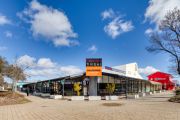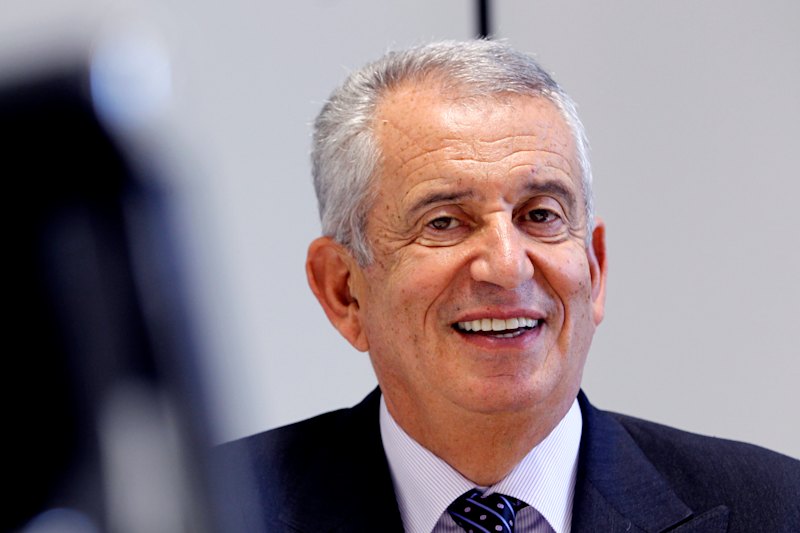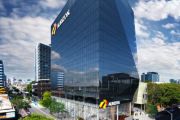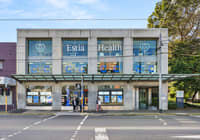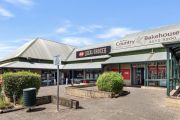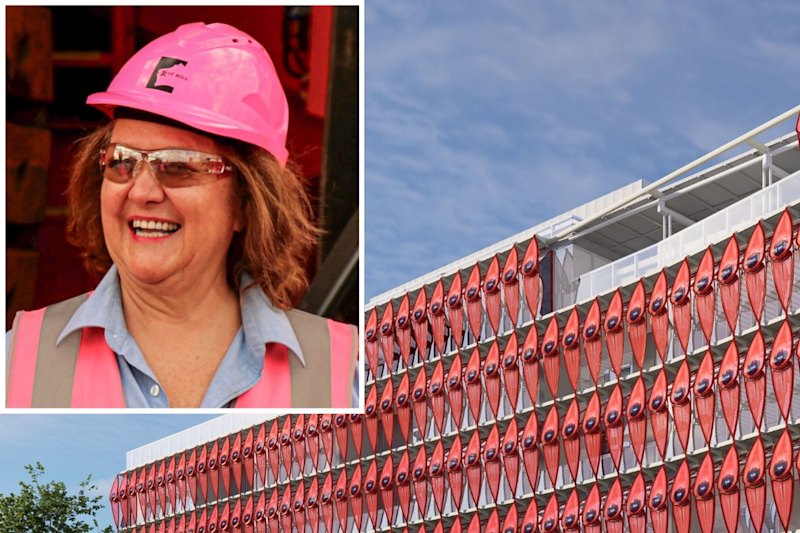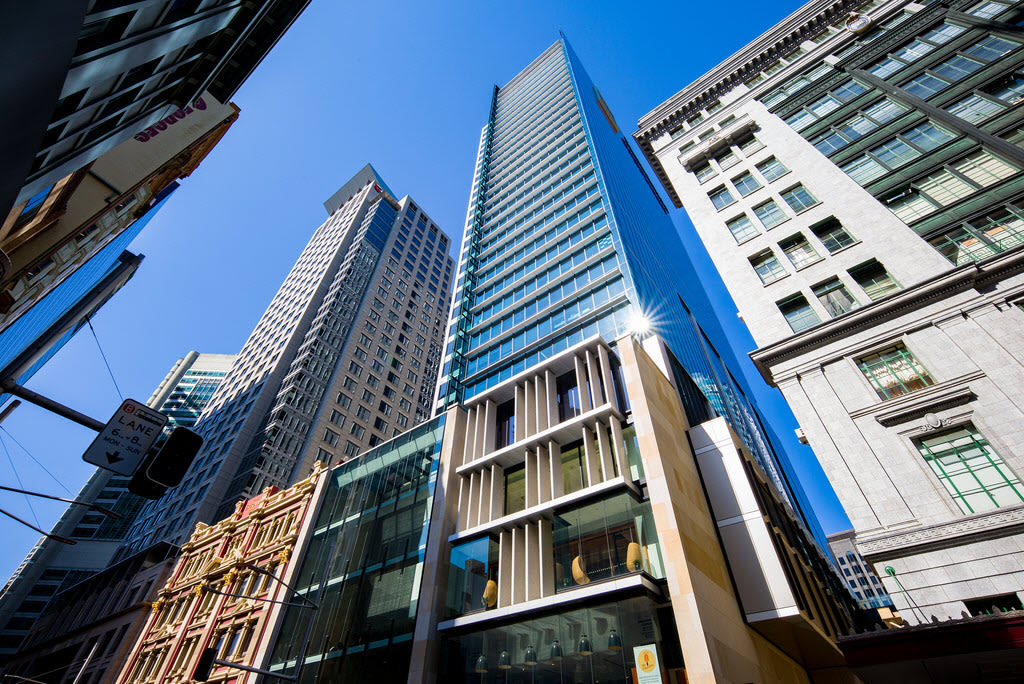
Explosion of coworking sites in Australia as flexible office space becomes mainstream
More space was leased to coworking operators in 2018 than in the previous three years combined, new research shows, as the popularity of flexible office space gathers pace in Australia.
JLL’s head of office leasing Australia Tim O’Connor said there had been a marked increase recorded in Australia’s CBD markets from 2015, with the expansion of coworking operators having a significant impact on office markets.
More than 60 per cent of coworking office space leased since 2015 had been within Melbourne and Sydney’s CBDs, accounting for 95,700 square metres of space, but other capitals were also starting to expand, the report found.
“Multinational coworking operators started their expansion in Sydney and Melbourne and have now moved into Brisbane and Perth,” he said.
“Organisations are increasingly becoming more agile, while employees show greater flexibility in their working habits. We believe that organisations will seek a diverse range of working locations to address the agility and desire, and flex space provided directly by a landlord or coworking operator will form part of the workplace solution.”
Colliers International tenant advisory director Rowan Humphreys said multinational corporations were taking up hundreds of desks for back, mid- and even front-office functions.
“Occupiers are demanding flexibility to directly correlate their headcount to real estate costs and move away from long-term, fixed contracts,” he said.
“In addition, the opportunity to give staff mobility, a creative and productive environment, and the ability to turn capex into opex has led to exponential growth in demand.”
According to Colliers in-house data there was a 46.9 per cent increase in the flexible workspace market in the Sydney CBD in 2018, which now represented 2.44 per cent of the total office market in the city.
Mr Humphreys said flexible workspace was a 40-year-old industry, but had been re-positioned and had shaken off the drab aesthetics of the serviced office to become a hotbed of creativity and productivity characterised by compelling design.
“Serviced offices traditionally attracted small and medium-sized enterprises, together with multinational corporations that took up space for project teams, swing space or branch offices in new markets,” he said.
“Coworking spaces, meanwhile, were originally filled with early stage startups seeking a creative hub that allowed flexibility to grow their business… and offered free beer.
“The two have now blurred to the point of negligible differentiation, with coworking becoming more corporate and serviced offices more trendy. Hence the phrase ‘flexible workspace’ to encompass both.”
Meanwhile, Shrabastee Mallik, Savills Australia research and consultancy director, said there were now more than 250 coworking spaces across Sydney and Melbourne, following high demand in 2017 and 2018.
“In 2018 we saw Brisbane and Perth emerging as key destinations for coworking groups and we will see this continue this year,” she said.
“Particularly in Perth, where it’s a lot cheaper at the moment, so they will look to capitalise on this and set up the space in line with growing employment forecasts in Perth and Brisbane.”
Flexible office provider Victory Offices opened seven new locations in 2018, adding more than 10,000 square metres in a year of rapid growth.
In February Victory opened its third Sydney office – at Level 10, 420 George Street – where more than 30 per cent of space had been pre-leased by multinationals.
Chief executive Dan Baxter said Melbourne and Sydney remained the strongest growth areas for coworking, but Victory Offices was also focused on suburban areas, as well Brisbane, Adelaide and Perth.
“There is no doubt the industry will continue to grow, and indeed we are seeing more players enter the marketplace regularly – I expect that to continue in 2019,” he said.
“With the current tight commercial market, businesses of all sizes are looking for new space, but without the limitations of a long-term lease. So in that sense I certainly see only an upward growth trajectory, at least in the short to medium term.”


